- Home
- Machining techniques
- CNC Machining Services
- Cooperative supply services
- Designs
- Materials
- Finishing Services
- Shop
- Products
- Guide
- About Us
- Contact Us
2021.4.22
Because of their beautiful metal appearance, plated PC/ABS parts are commonly used in automobile, home appliance, and IT industries. The key factors influencing the plating performance of PC / ABS are generally considered to be the material formulation design and plating method, but few people recognize the impact of the injection molding process on the plating performance. This article mainly analyzes the influence of injection molding process on the plating performance of PC/ABS, hoping to provide some reference for readers.
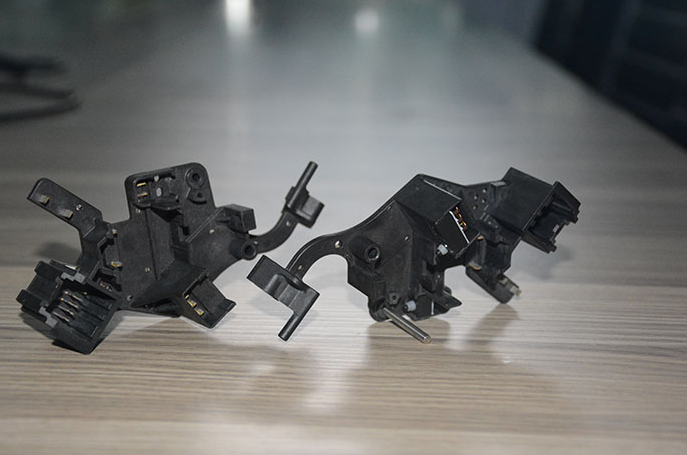
1. Injection Temperature
Higher injection temperature can obtain better plating performance without cracking.
At low injection temperature, the fluidity of PC / ABS material is poor, and the product produced by injection has large internal stress. During the coarsening process, the stress is released, resulting in uneven etching of the product surface, which leads to poor appearance of plating products and poor adhesion of plating. Higher injection temperature can reduce the residual internal stress of the product, thus improving the plating performance of the material. Relevant research shows that, compared with the product with 230 ℃ injection temperature, when the temperature is increased to 260 ℃ – 270 ℃, the adhesion of the coating is increased by about 50%, and the surface appearance defect rate is also greatly reduced. However, the injection temperature should not be too high. If it exceeds the cracking temperature of the material, the surface appearance of the injection product will be bad, and the plating performance will be affected.
2. Injection speed and pressure
Low injection pressure and appropriate injection speed are beneficial to improve the plating performance of PC / ABS.
Too much injection pressure will lead to excessive extrusion of molecules inside the product, resulting in higher internal stress of the product, which will lead to uneven product coarsening and poor plating binding force. Properly improving injection speed can increase the shear of gate position, resulting in the increase of fluid temperature, and the flow of the whole material will be improved, which is conducive to the filling of the product and the internal stress of the product; But too much shear will lead to material cracking, gas marks, peeling, rough edge and other problems.
3. Packing pressure and its switching point
Too high packing pressure and late switching position of packing pressure easily lead to over filling of products, stress concentration at gate position and high residual stress in products. Therefore, it is necessary to set the pressure maintaining pressure and pressure maintaining switching point according to the actual filling state of the product.
4. Mold temperature
High mold temperature is beneficial to improve the plating performance of the material.
In the low mold temperature state, the material fluidity is poor, and the molecular chain orientation of the product is serious after cooling due to the extrusion and stretching between the molecules in the filling process. The internal stress of the product is large, and the plating performance is poor. On the contrary, in the high mold temperature state, the material fluidity is good, which is conducive to filling, and the molecular chain is in the natural curling state, the internal stress of the product is small, and the plating performance is poor The plating performance has been greatly improved. The actual mold temperature setting needs to be combined with the requirements of mold waterway, heating mode and molding cycle. On the premise of not affecting other properties, the mold temperature should be increased as much as possible. While controlling the mold temperature, the uniform distribution of mold temperature should be maintained. The uneven mold temperature distribution will lead to uneven shrinkage internal stress and affect the plating performance.
5. Screw speed
Lower screw speed is beneficial to improve the plating performance of the material.
The setting of screw speed is to control the metering time of plastic, that is, the time when the plastic enters the material pipe to receive screw mixing and transport to the nozzle. The screw speed also affects the uniformity of plasticization. Too fast screw speed will aggravate the shear of the material in the screw and sharply increase the melt temperature. Moreover, the faster the screw speed is, the worse the mixing effect of the plastic will be. The temperature difference of the forming melt will increase and the filling flow and cooling will also cause the difference. This is one of the main reasons for the formation of the internal stress of the product. Therefore, generally speaking, on the premise of ensuring the material melting, the screw speed can be set to make the metering time slightly shorter than the cooling time.
In the process of injection moldings, injection temperature, injection speed and pressure, mold temperature, holding pressure, screw speed and so on all affect the plating performance of PC/ABS. The most direct adverse effect is the excessive internal stress of the product, which will affect the etching uniformity in the coarsening stage of plating, and then affect the adhesion of the final product. In a word, the plating performance of PC/ABS material can be significantly improved by setting the appropriate injection process and reducing the internal stress of the material in combination with the product structure, mold state and molding machine state.
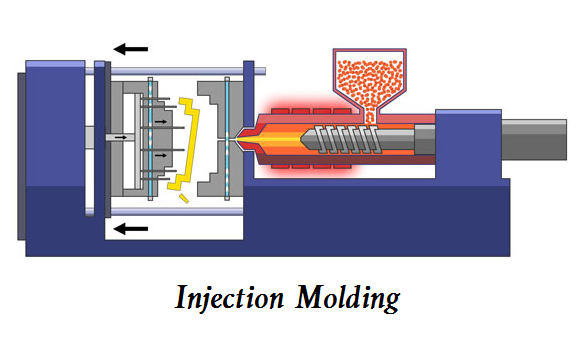 Injection Molding vs Blow Molding – Difference Between Blow Molding and Injection Molding
Injection Molding vs Blow Molding – Difference Between Blow Molding and Injection Molding
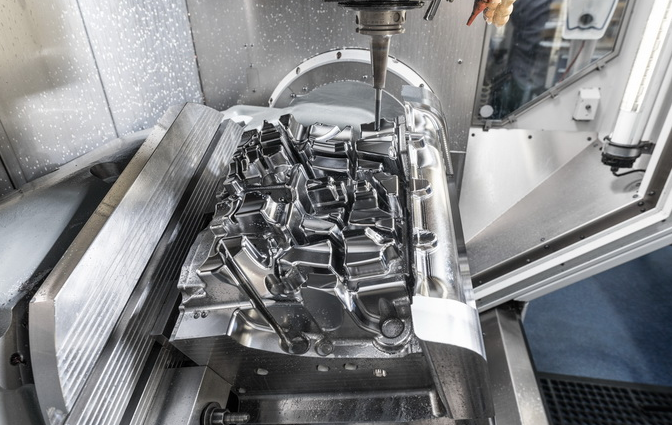 Classification of 8 Common Plastic Molds in CNC Machining
Classification of 8 Common Plastic Molds in CNC Machining
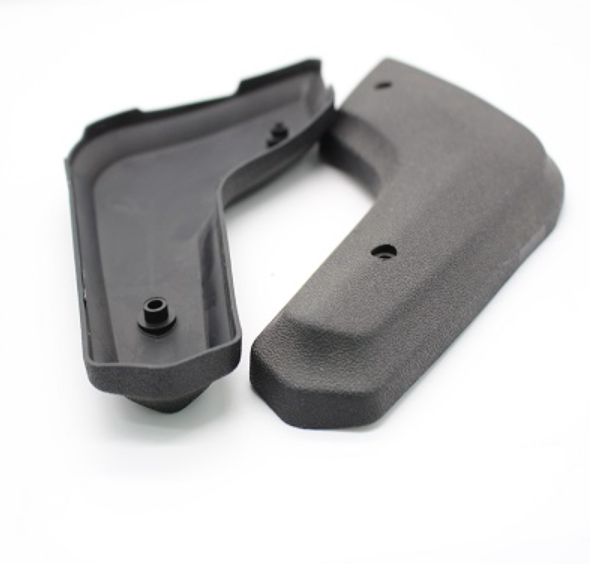 Plastic Shrinkage: What Causes Plastic Shrinkage & How To Fix | CNCLATHING
Plastic Shrinkage: What Causes Plastic Shrinkage & How To Fix | CNCLATHING
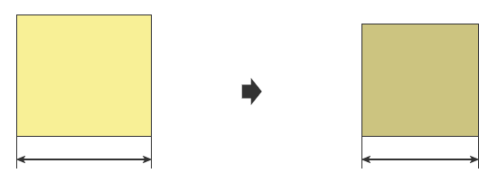 Mold Shrinkage Chart, Formula, Calculation, Plastic Shrinkage Rate | Injection Molding Shrinkage
Mold Shrinkage Chart, Formula, Calculation, Plastic Shrinkage Rate | Injection Molding Shrinkage
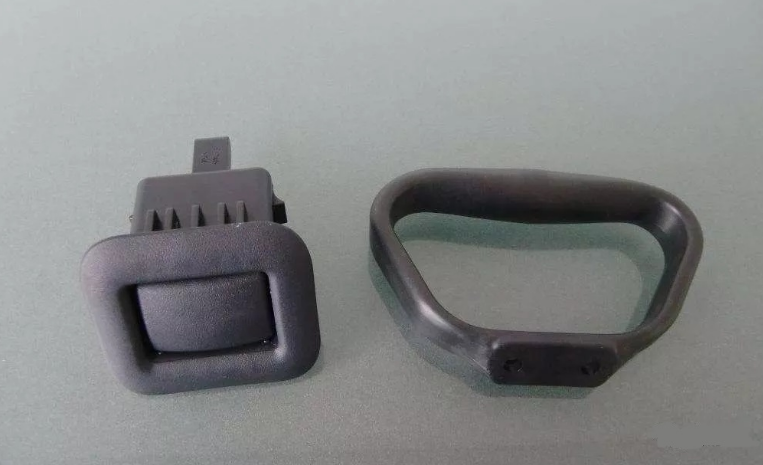 What Causes Dimensional Variations Of Injection Molding And How To Fix
What Causes Dimensional Variations Of Injection Molding And How To Fix
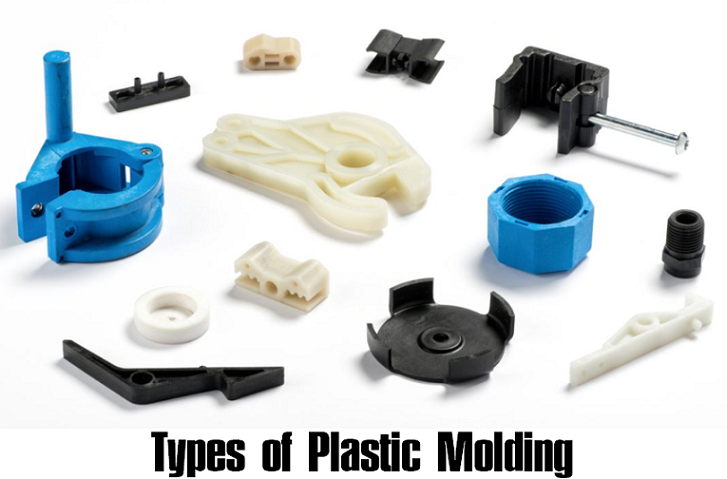 Types of Plastic Molding – Plastic Moulding Process & Technology Types | CNCLATHING
Types of Plastic Molding – Plastic Moulding Process & Technology Types | CNCLATHING
